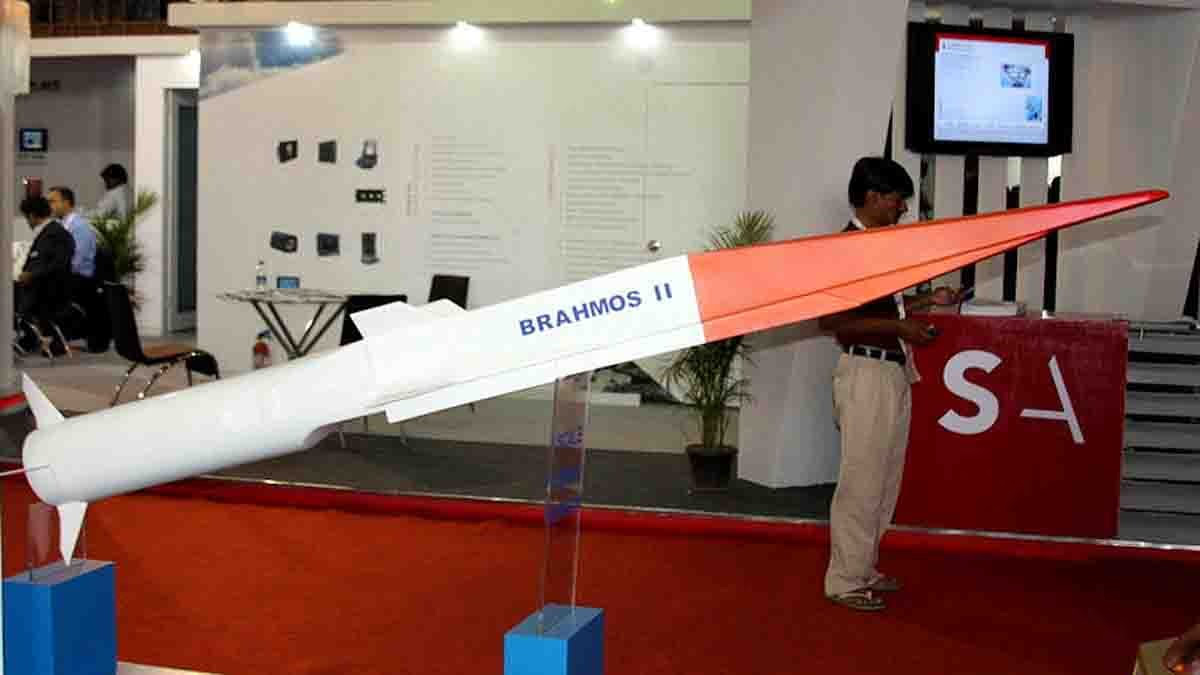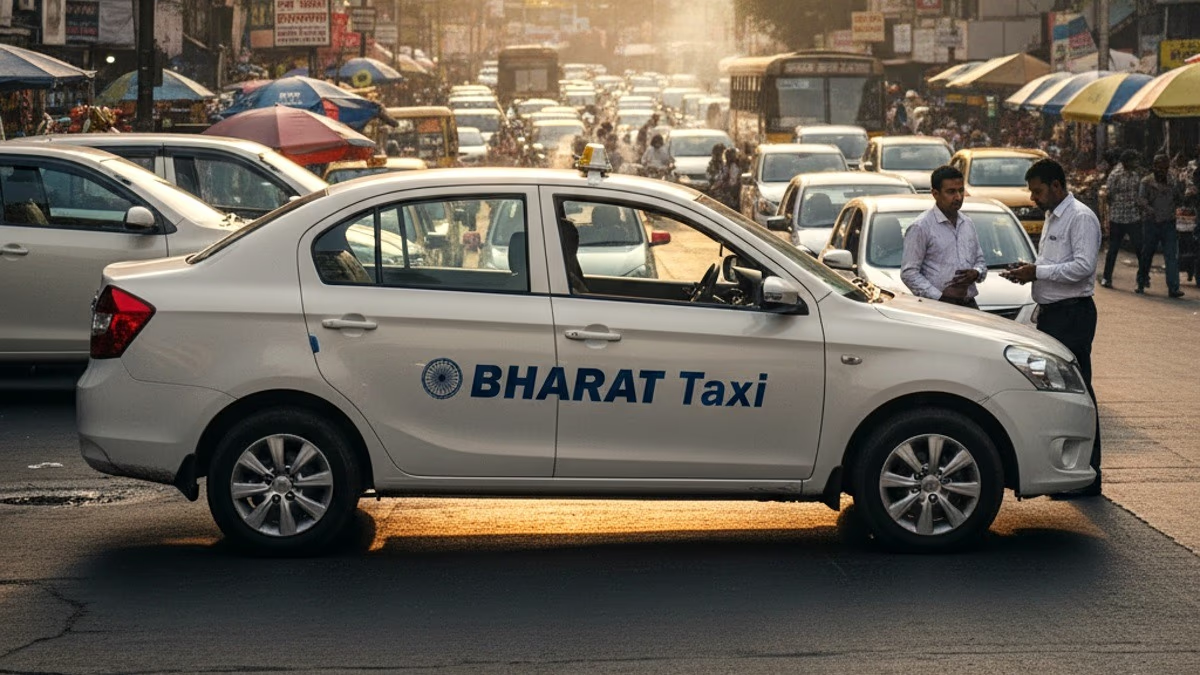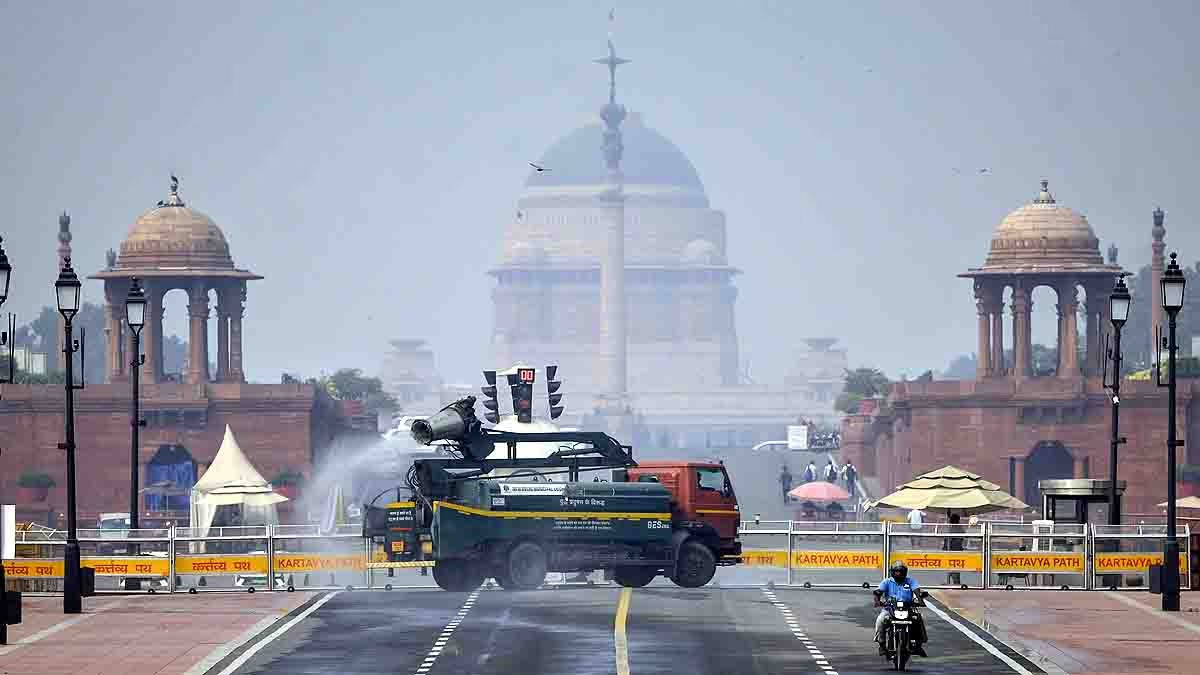India and Russia are close to green-lighting the BrahMos-2 hypersonic missile, an advanced missile blending Russian propulsion technology with Indian sensors and electronic warfare (EW)-resistant avionics. Covering a span of 1500 kilometers, it can be launched from land, sea, and submarines. But what is it? How does it work? What are its specifications? And most importantly, which regions of China and Pakistan will it encompass?
The BrahMos-2 is an enhanced version of BrahMos, a collaborative project between India and Russia. While BrahMos-1 is supersonic (faster than sound), BrahMos-2 will be hypersonic (five times the speed of sound). "Hypersonic" implies it's fast enough to escape detection by enemy radars or missile defense systems.
This missile can precisely strike enemy key positions like airbases, ports, and command centers. Russia's engine will endow it with unique speed, while India's sensors will accurately locate targets. Its EW-resistant avionics can evade enemy jamming attempts. Targeted for induction into the military by 2031.
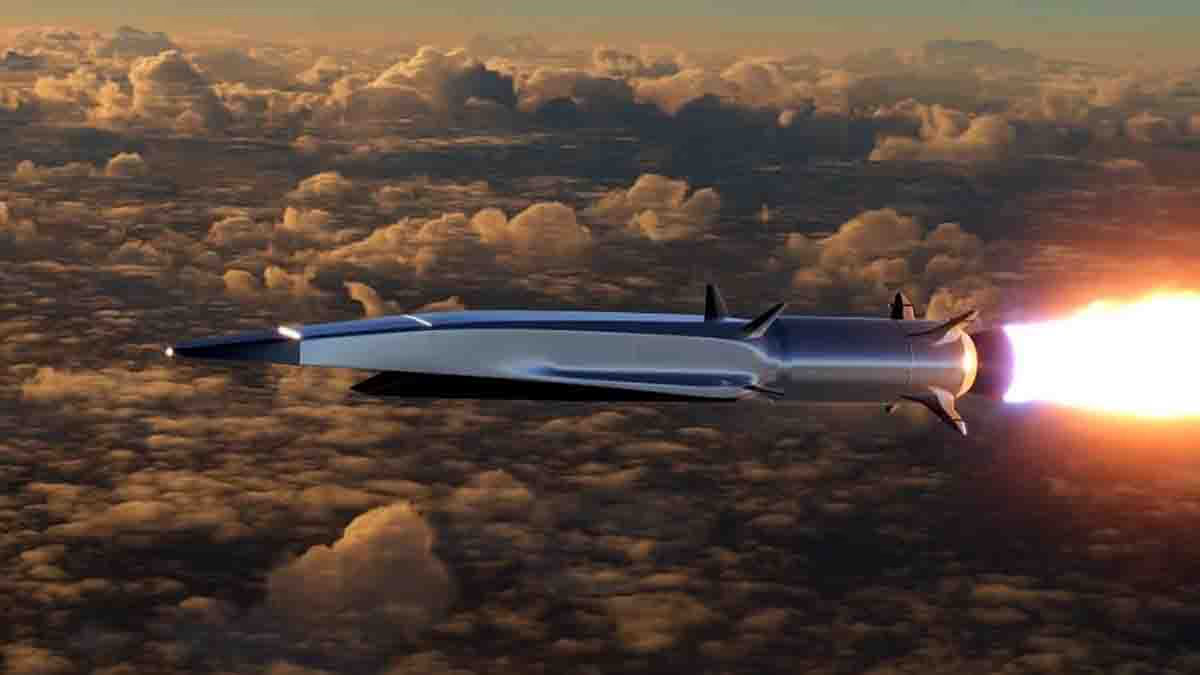
Source: aajtak
Speed: Approximately 8500-10000 km/hr – ten times the speed of an airplane.
Range: 1500 kilometers – From Delhi, Islamabad is just 5-7 minutes away.
Engine: Scramjet (Russian technology) – burns using oxygen from the air, saving fuel.
Length/Weight: About 8-9 meters long, weighing 2-3 tons (similar to BrahMos-1).
Warhead: 200-300 kilograms of explosives – for precise strikes.
Launch Platforms: Land (mobile launchers), sea (ships), submarine (underwater), air (fighter jets).
Altitude: Flies 15-20 km high, then dives at lower altitudes.
The 1500 km range of BrahMos-2 is a game-changer for India. From launch sites in Rajasthan, Assam, or the Andaman Islands, it can target vast areas of neighboring countries.
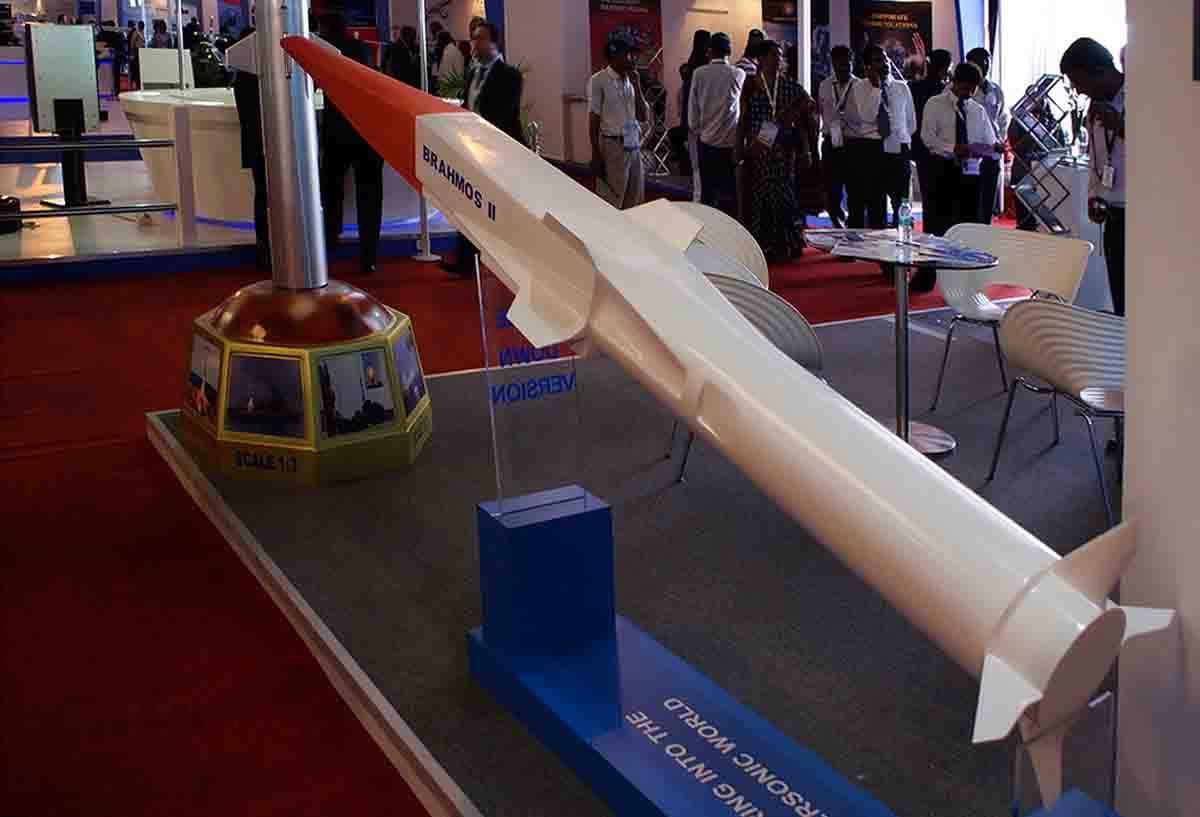
Source: aajtak
How much area? All of Pakistan. Pakistan's total area is 796,000 square km. Its longest and widest distances are shorter than 1500 km. From launch sites in Rajasthan or Gujarat, it can cover Karachi, Lahore, Islamabad, and Rawalpindi (nuclear sites).
Example:
From Amritsar to Islamabad is only 500 km. It can reach there in just 4-5 minutes, putting every corner of Pakistan on India's radar – nothing can stay hidden.
Strategic Importance:
The earlier BrahMos (800 km) already covered all of Pakistan, but with 1500 km, the depth increases to areas like the Afghanistan border.
How much area? The western and southwestern parts of China – roughly 20-25% (about 2 million square km). It will cover provinces like Tibet, Xinjiang, Yunnan, Sichuan, and Chuning. While China's total area is 9.6 million square km, regions up to 1500 km from the border will be affected.
From Arunachal Pradesh or Assam to Lhasa (Tibet) is just 500 km – 3 minutes travel time.
Chengdu (Sichuan) ~1,000 km, Kunming (Yunnan) ~800 km.
Urumqi in Xinjiang ~1,200 km (from Ladakh).
Beijing (~2,200-2,500 km away) won't be covered, but mid-China cities like Shenzhen would be partly affected.
Strategic Importance:
During tensions on the Line of Actual Control (LAC), it will target China's military sites (like airfields and missile locations). The South China Sea islands will also be within reach from the Andaman Islands.
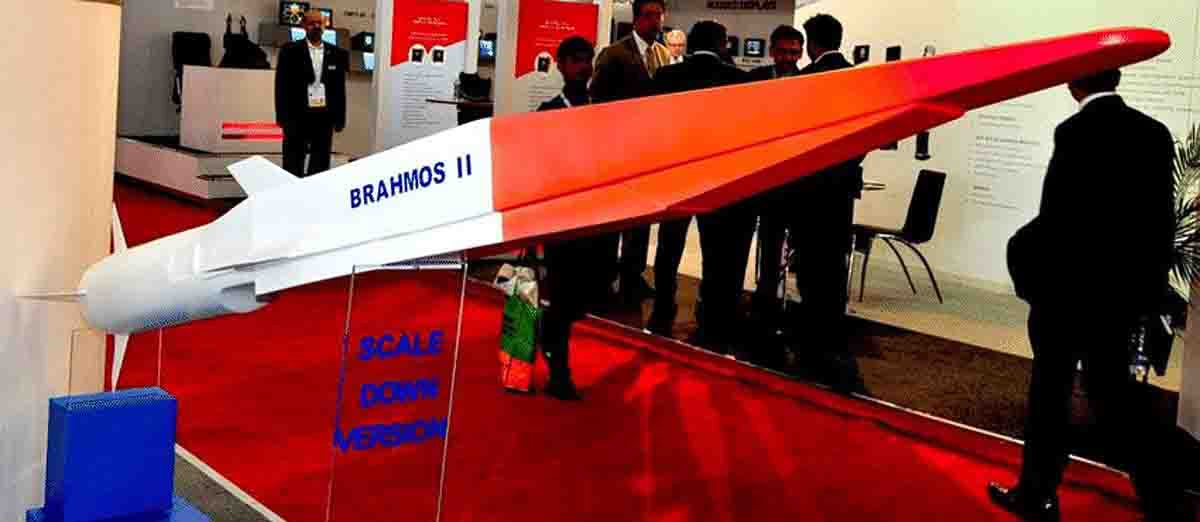
Source: aajtak
This coverage will offer India a strong deterrence – causing adversaries to think twice before acting.
Inception: Work on BrahMos-2 began in 2011 by India-Russia. DRDO and NPO Mashinostroyenia are collaborating.
Technology: Scramjet engine – for hypersonic speeds. India successfully tested HSTDV (Hypersonic Technology Demonstrator Vehicle).
Recent Updates: Approval close by 2025. Prototype tests happened in 2023-24. Ready by 2031.
Cost: One missile ~₹200-300 million. The entire project exceeds ₹100 billion.
This missile will reinforce India's 'no first use' policy. It will outwit China-Pakistan's missile defenses. Multiple-mode launches offer flexibility. Globally, after the US, Russia, and China, India will be the fourth country to possess hypersonic missiles.
